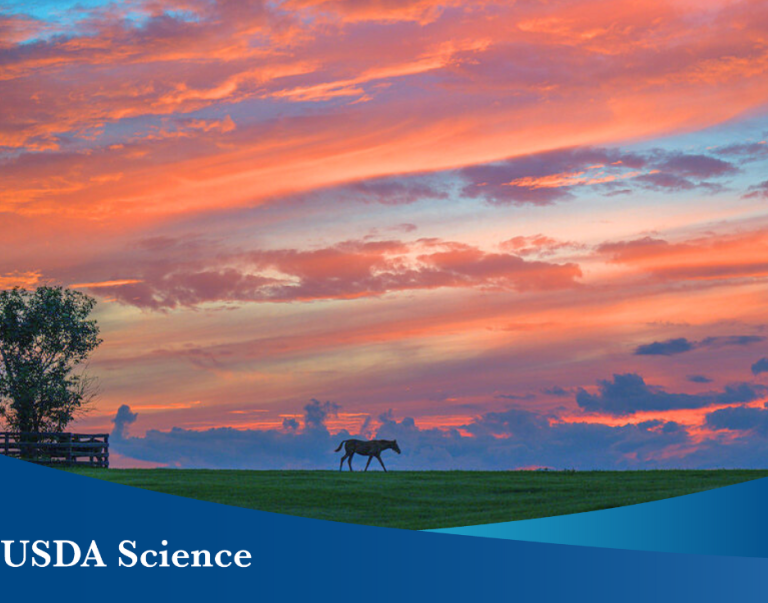
Farmland is one of the most precious resources we have in this country. After all, it’s what we rely on for our food, fuel, and fiber. Unfortunately farmland is also a finite resource, and getting access to it is one of the major challenges new and beginning farmers and ranchers face. This is also why USDA analyzes many aspects of farms and farmland distribution.
Since 2007 we have seen the American agricultural industry reshape itself. Each year, the number of farms has declined while the average farm size keeps getting larger. According to the new numbers we released earlier today the trend is continuing. There are now 2.07 million farms in the United States, down 1 percent from a year before, with the average farm size of 441 acres, up 3 acres from the previous year.
While the data may suggest that these changes could be due to farm consolidations, the numbers show that the farming landscape is changing largely due to disappearance of very small farms. Number of farms with sales of less than $10,000 is decreasing, while the rest of the economic groups remain relatively stable year-to-year.
When it comes to U.S. farmland, these small farms account for less than 10 percent of all U.S. farmland, even though they account for more than half of all the farms in the United States. When it comes to farmland, most of it falls on the opposite end of the economic spectrum. Farms with sales of $1 million or more account for 24 percent of U.S. farmland. Only 4 percent of all farms fall in this category, however.
Of course we shouldn’t discount the impact cost of land can have on farm size. We tend to see larger farm sizes in states with lower land prices, such as Wyoming, Montana, South Dakota, Arizona, Nevada, and New Mexico. We also see much larger farms with lower sales in these states. For example, in New Mexico, the average size of farm with sales of under $10,000 is 259 acres, compared to 23 acres average for farms in the same sales class in Delaware.
Availability and cost of land, present obstacles for getting into farming. USDA has used NASS data along with other information to develop programs aimed at lending a helping hand to beginning farmers and ranchers. After all, new and beginning farmers and ranchers are critical to the future of agriculture and rural communities.


